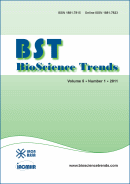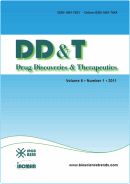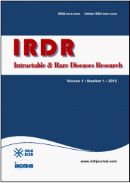Intractable Rare Dis Res. 2025;14(3):175-182. (DOI: 10.5582/irdr.2025.01032)
Secondary musculoskeletal disability and rehabilitation aspects in adults with thalidomide embryopathy: A narrative review
Haga N, Fujitani J, Kobayashi T, Fujiwara S, Tsujimura H, Shirahoshi S, Tanabe A
To review musculoskeletal disabilities and rehabilitation in adults with thalidomide embryopathy (TE), the authors reviewed the literature related to musculoskeletal disability, quality of life (QOL) and rehabilitation intervention in adults with TE, obtained through a PubMed search, and their experience in clinical practice with Japanese individuals. Through literature search, 25 studies were included for this review. Literature search results and the authors' experiences revealed that, in adults with TE, upper limb disabilities included neuropathy, mainly due to carpal tunnel syndrome; finger pain due to tenosynovitis; and symptoms caused by osteoarthritis, mainly in the shoulders. Disabilities of the trunk and spine included lower back and neck pain. Although disabilities in the lower limbs were uncommon, pain due to hip and knee osteoarthritis were reported. Regarding the health-related QOL in adults with TE, the physical domain of QOL was reduced, which may be related to musculoskeletal disabilities. Reports on rehabilitation approaches for secondary musculoskeletal disabilities in TE, including physical therapy, environmental modification, and alternative medicine, were scarce. This review of musculoskeletal disabilities and QOL in adults with TE revealed that pain is common in the upper limbs and spine, and is associated with reduced physical QOL.







